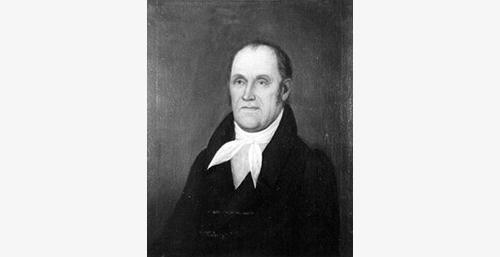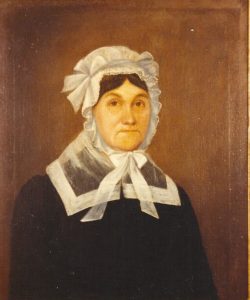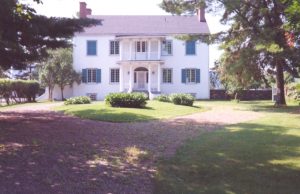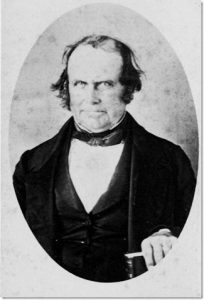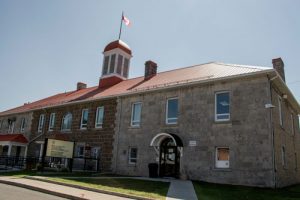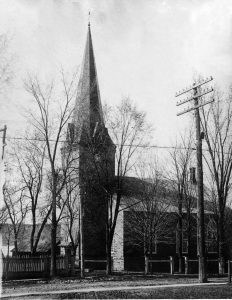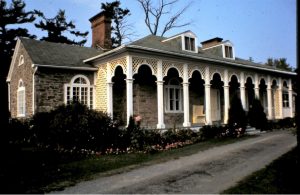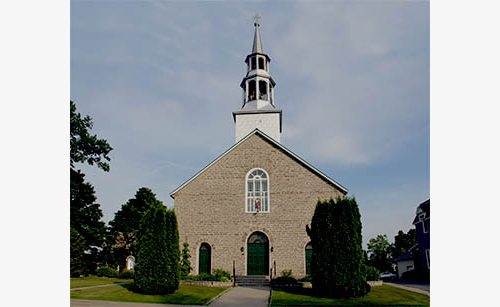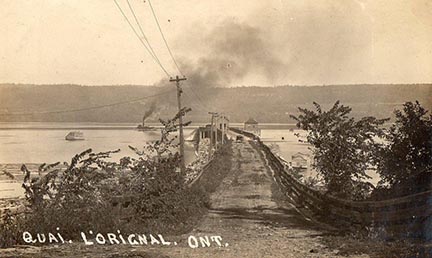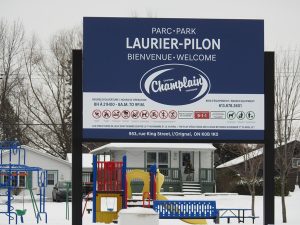Heritage conservation efforts
Numerous projects have been undertaken to preserve the heritage of L’Orignal and environs. These include:
Acquisition of documents and artifacts related to our founding family: the Treadwells
Extensive historical research, including interviews with WW2 veterans
Inventory of liturgical vestments from St-Jean-Baptiste Parish and implementation of preservation steps
Development of a walking tour showing L’Orignal’s historic houses and buildings
Writing and publishing (2011) a commemorative book: L’Orignal-Longueuil Through the Years
Creation of the Heritage Corner at King St. and Bay Road, in partnership with Champlain Township

